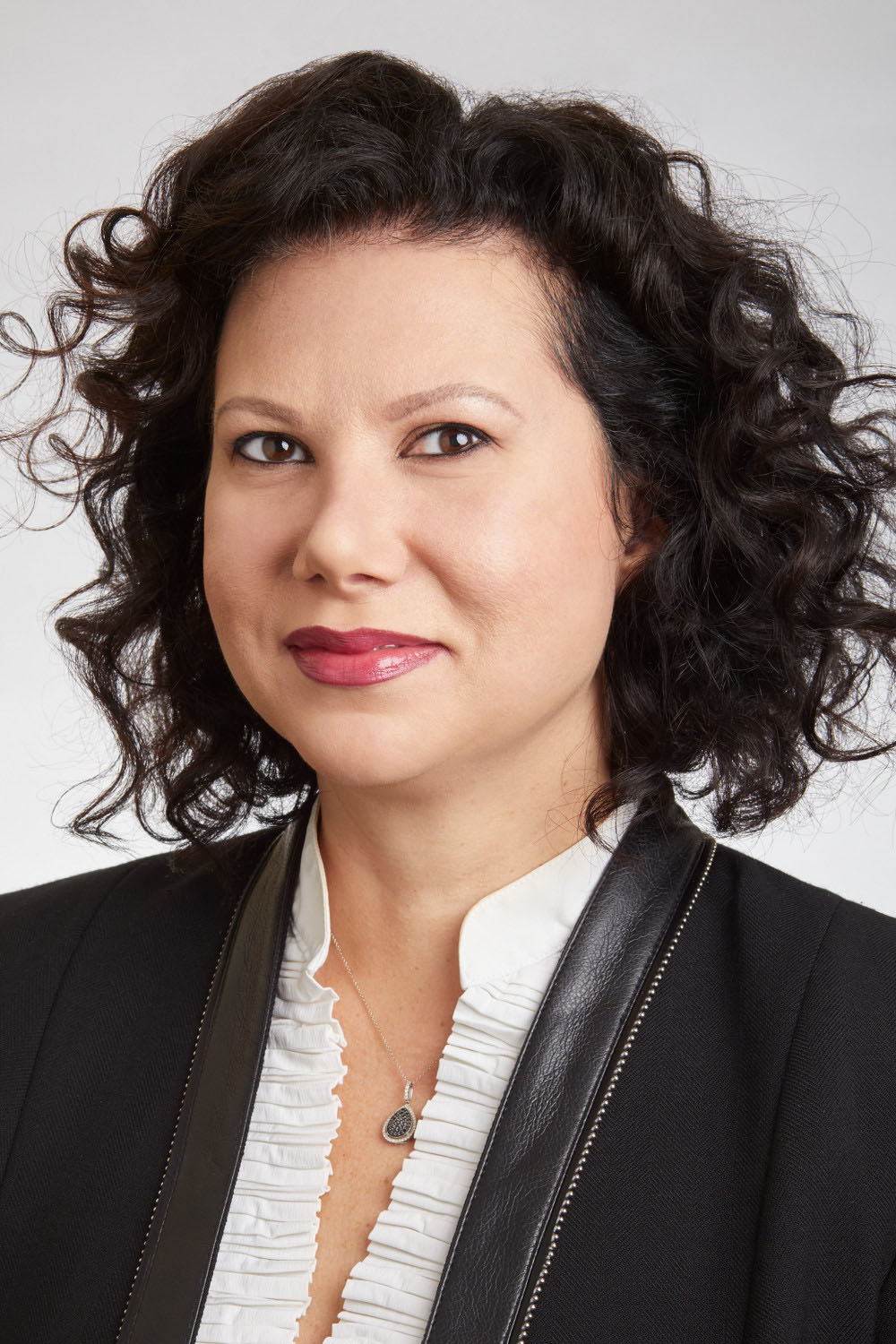Transforming procurement at Nordstrom
The retailer's sourcing leader is centralizing procurement with an eye towards top line growth
In May, the Institute for Supply Management, or ISM, will hold its annual conference as a virtual event. One of the topics that will undoubtedly be top of mind is the transformation journey underway at many organizations from decentralized to centralized procurement, and from a primary focus on cost reduction to procurement’s contribution to top line growth.
That description applies to the procurement transformation now underway at Nordstrom, one of the country’s leading fashion retailers. It is being led by the retailer’s vice president strategic sourcing & procurement - CPO, Karoline Dygas. She joined Nordstrom in 2019, where, among other things, she supports all of the organization’s indirect spend. At Nordstrom, indirect spend is everything outside of the merchandise sold in the stores. Prior to Nordstrom, Dygas spent five years at Starbucks, where she led the Global Sourcing and Store Development Supply Chain, and before that she was senior director of strategic sourcing at Walgreens.
It is a major shift in approach. “We’re moving from decentralized sourcing, where every business unit could do its own sourcing, from whomever it wanted, to a centralized model,” Dygas said recently. “When the transformation is complete, we’ll have one master contract with a supplier, pay consistent rates across business units and have a streamlined approach in partnering with our supply base.”
There’s a practical advantage to centralization: It allows suppliers to more effectively plan their book of business with Nordstrom. And, for Nordstrom, along with consistent, and potentially better terms, the retailer can better monitor the performance of its suppliers and strengthen its risk management program. The importance of the latter has been driven home to all procurement organizations during the last year with COVID.
Getting there is a combination of the proverbial people, process and technology. On the technology side, one of the tools Nordstrom is utilizing is from Suplari, which utilizes Machine Learning and predictive analytics to aggregate sourcing information from disparate sources and put them into an interface, rather than to pull reports from multiple ERP systems and then enter the information into spreadsheets.
With that aggregated view, Dygas and her team can drill down deeper to better understand who is spending what with suppliers, along with the details of that spend. “It’s allowing us to understand the areas where we want to aggregate spend, and to understand who might be setting up new suppliers outside of the process.” She adds that it is a “past-looking tool and not a forward-looking tool. Knowing past trends and having spend data aggregated in one place provides a point of truth that helps us guide better strategies.”
The most significant challenge to an initiative this large, as is always the case, is change management. “You’re not just transforming the team that does the work, but the way the entire company has done things in the past,” said Dygas. “But, the value of centralization is that it makes life easier because individuals can now focus on their job without dabbling in sourcing and procurement.”
A second challenge, as in any new initiative, is having the resources and funding to make it happen. “That takes effort and partnerships, and that goes on forever,” Dygas said. “Retail is not static. It changes on a daily basis and next year is never going to be the same as last year. We have to be constantly evolving to meet the needs of the business.”
Along with a transformation roadmap, Dygas is developing a roadmap for the digitalization of the procurement function. One area of interest is contracting, where Nordstrom has already purchased a solution with a contract life cycle management module. “We’re looking at how to automate more of that process and extract more data,” she said. In addition, she is looking at tools to digitize tail spend and supplier risk management. “There are so many new providers in the technology space that we want to make sure that what we have will meet the needs of the future,” she said. “But we know we can make the sourcing and procurement function easier if we automate.”
Not only is the procurement discipline in the midst of transformation, so is the role of the CPO. I asked Dygas how she sees the profession evolving. She identified three areas. The first is that previously mentioned focus on cost. “My focus today is not so much on cost reduction, but on how procurement can help the company grow. How we can contribute to top line growth,” she said.
The second is re-thinking the approach to risk management. “Risk is always going to be there, but not all risk is created equal,” she said. “What’s important is to define what component of risk impacts the bottom and top lines of the company, and then to be able to drill further down to understand how to mitigate that.”
Finally, Dygas is interested in supplier diversity, inclusion and belonging as a component of an organization’s corporate responsibility initiatives. “No other function touches on those things as much as sourcing,” she said. “I think that’s an area where we can play a big role, and we should.”













